Riding Through History: The Legacy of Black and Brown Cowboys

Image via Compton Cowboys
In the vast expanse of the American West, where the horizon stretches endlessly and the spirit of adventure calls to those brave enough to answer, there exists a legacy often overshadowed by Hollywood's portrayal of the Wild West. It's a legacy woven into the very fabric of the frontier, yet frequently overlooked in mainstream narratives: the history of Black, Brown, and Indigenous cowboys.
For centuries, people of African, Hispanic, and Indigenous descent have played pivotal roles in shaping the cowboy culture that has become synonymous with the American West. Their stories are tales of resilience, determination, and unyielding spirit in the face of adversity.
The roots of Black cowboy culture can be traced back to the days of slavery in the United States. Despite the harsh conditions and systemic oppression, enslaved Africans often worked as cattle handlers on plantations. With the end of slavery, many freedmen sought opportunities in the West, finding work as cattle herders, wranglers, and ranch hands.
During the era of westward expansion in the late 19th century, Black cowboys became integral figures in the cattle industry, working alongside their white counterparts on cattle drives, ranches, and in rodeos. Their expertise in horseback riding, roping, and cattle handling was unparalleled, earning them respect and admiration within the cowboy community.
One of the most renowned Black cowboys of the era was Nat Love, also known as "Deadwood Dick." Born into slavery in Tennessee in 1854, Love gained fame as a skilled cowboy and rodeo champion. His autobiography, "The Life and Adventures of Nat Love, Better Known in the Cattle Country as 'Deadwood Dick'," provides a firsthand account of the life of a Black cowboy during the Wild West era.
Similarly, Hispanic vaqueros, or cowboys, played a significant role in shaping cowboy culture in the American West. Descendants of Spanish settlers and indigenous peoples, vaqueros brought with them centuries-old traditions of cattle herding and horsemanship from the Iberian Peninsula. Their expertise in handling cattle and training horses became invaluable skills in the rugged terrain of the frontier.
The iconic image of the cowboy, with his wide-brimmed hat, leather chaps, and trusty steed, owes much to the influence of vaquero culture. Many terms used in the cowboy lexicon, such as "lasso" (from the Spanish word "lazo") and "buckaroo" (derived from the Spanish "vaquero"), have roots in Hispanic cowboy traditions.
One notable figure in Hispanic cowboy history is the legendary Joaquin Murrieta, a Mexican-American outlaw turned folk hero. Murrieta, also known as the "Robin Hood of the West," led a band of outlaws in California during the Gold Rush era. While his story is shrouded in myth and legend, Murrieta's exploits have become emblematic of the Mexican-American experience in the American West.
In addition to Black and Brown cowboys, Indigenous peoples also played a crucial role in shaping cowboy culture, with their own distinct traditions and practices. In Hawaii, for example, Native Hawaiians, known as paniolo, have a long and storied history of cattle ranching and horsemanship.
The paniolo tradition dates back to the early 19th century when King Kamehameha I brought Spanish vaqueros to Hawaii to help manage the growing population of cattle on the islands. These vaqueros imparted their knowledge of horsemanship and cattle herding to the Native Hawaiians, who adapted these techniques to suit the unique terrain and climate of the islands.
Today, the paniolo tradition remains an integral part of Hawaiian culture, celebrated through events such as the annual Waimea Paniolo Parade and the Parker Ranch Rodeo. Despite the challenges posed by modernization and industrialization, paniolo continue to preserve and honor their heritage as stewards of the land and guardians of a rich cowboy tradition.
Despite their contributions, Black, Brown, and Indigenous cowboys faced discrimination and marginalization in a society rife with racial prejudice. Segregation was prevalent in rodeos and cowboy competitions, with Black, Brown, and Indigenous participants often relegated to separate events or denied entry altogether. Despite these obstacles, they persevered, carving out a place for themselves in the annals of Western history.
In recent years, there has been a renewed interest in reclaiming and preserving the legacy of Black, Brown, and Indigenous cowboys. Organizations such as the National Multicultural Western Heritage Museum, the Black Cowboy Museum, and Compton Cowboys seek to honor their contributions and educate the public about their often-overlooked history.
As we reflect on the history of the American West, it's essential to recognize the diverse tapestry of cultures and identities that contributed to its rich heritage. The stories of Black, Brown, and Indigenous cowboys serve as a reminder of the resilience and strength of those who forged a path through the untamed frontier, leaving an indelible mark on the landscape of American history.
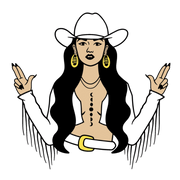
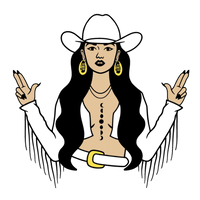
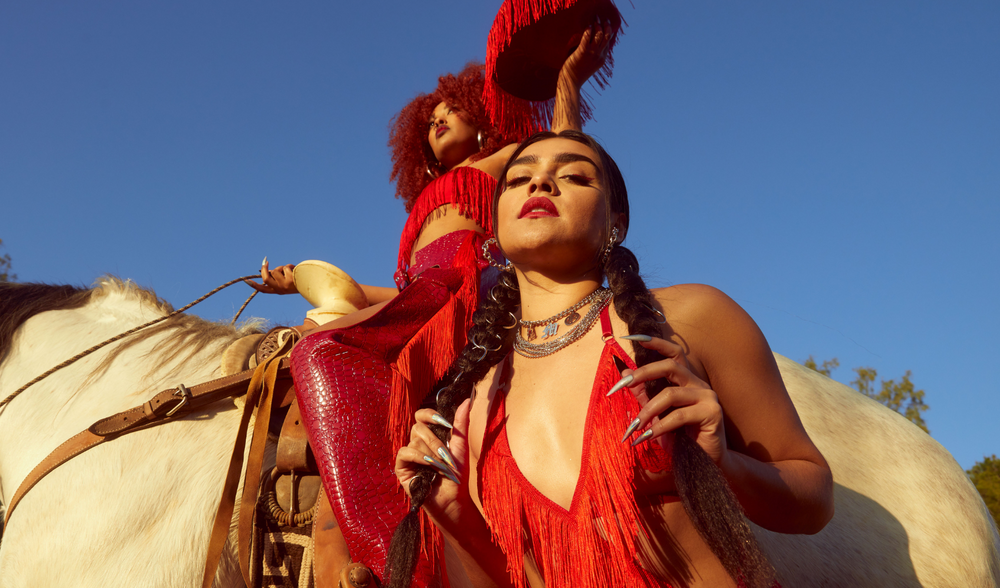
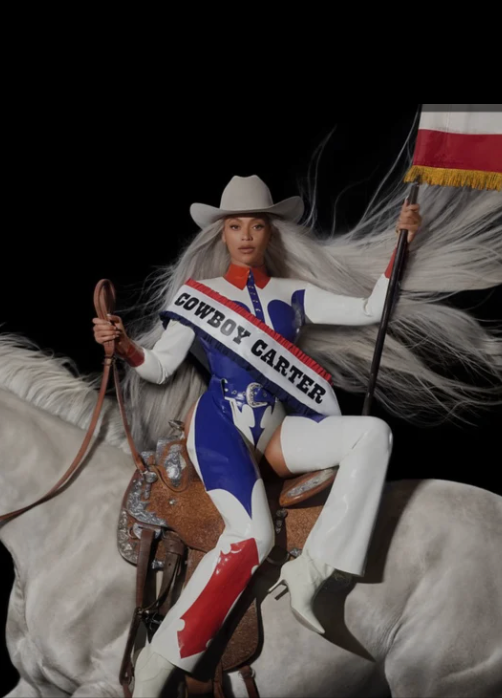
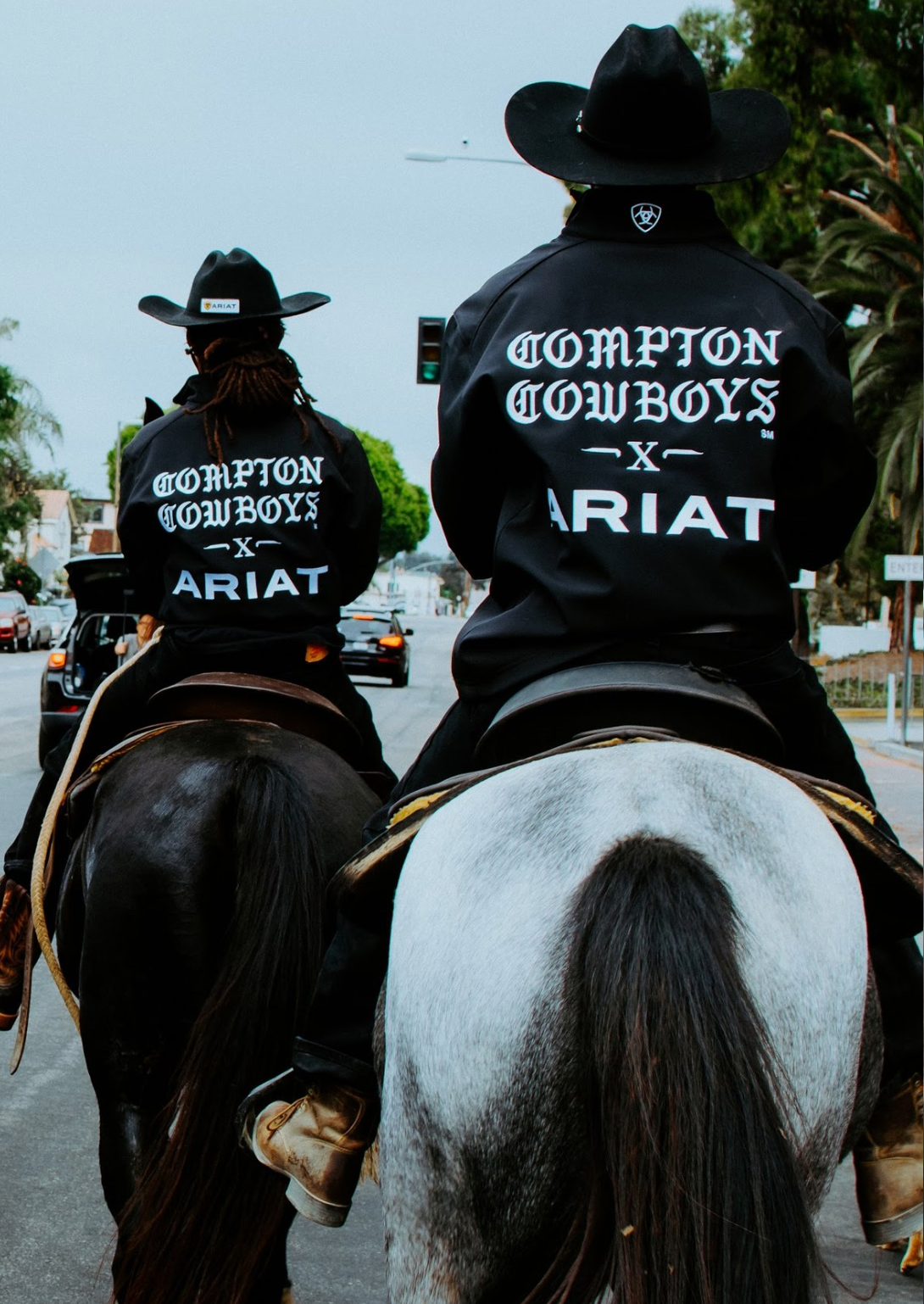
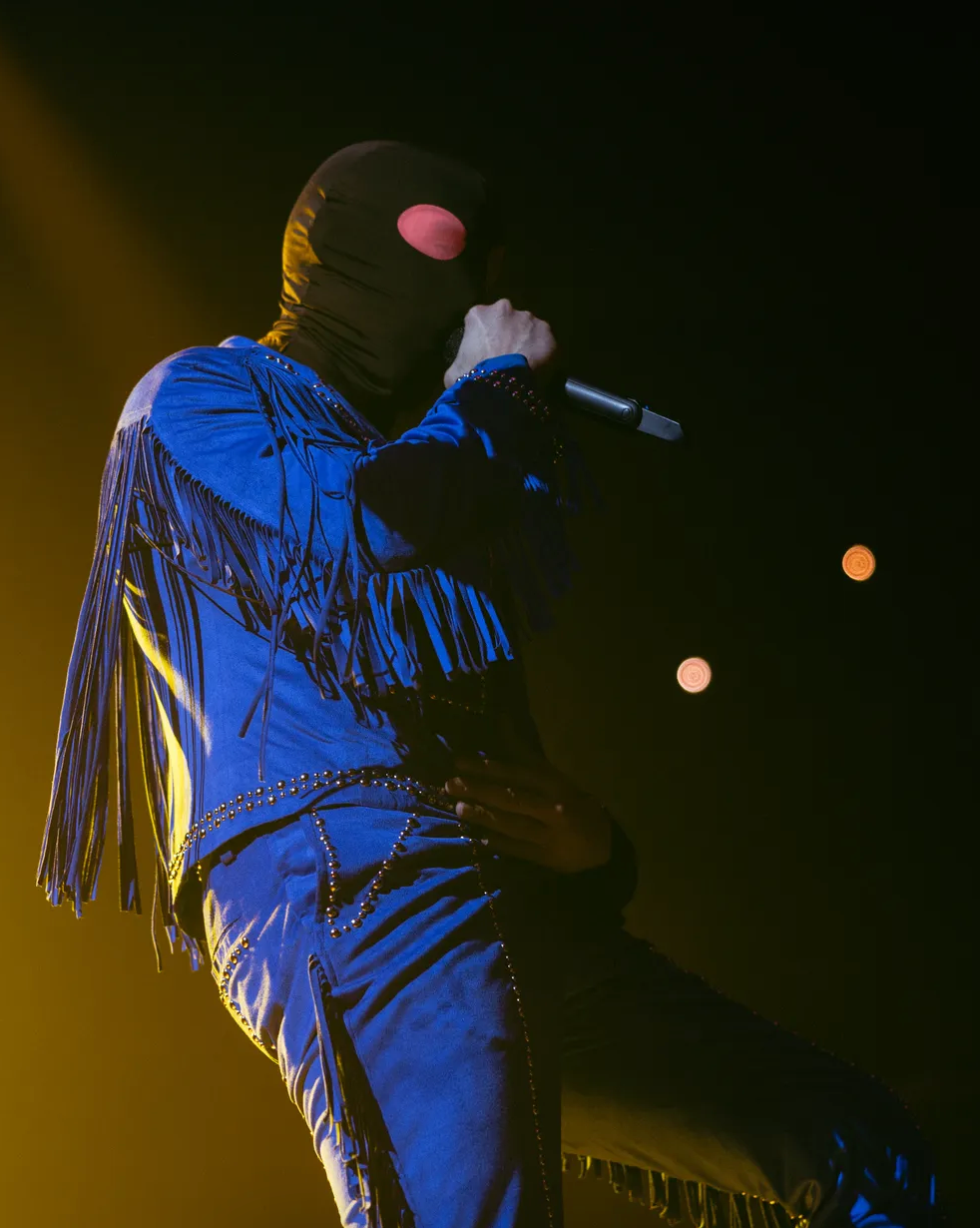
Leave a comment